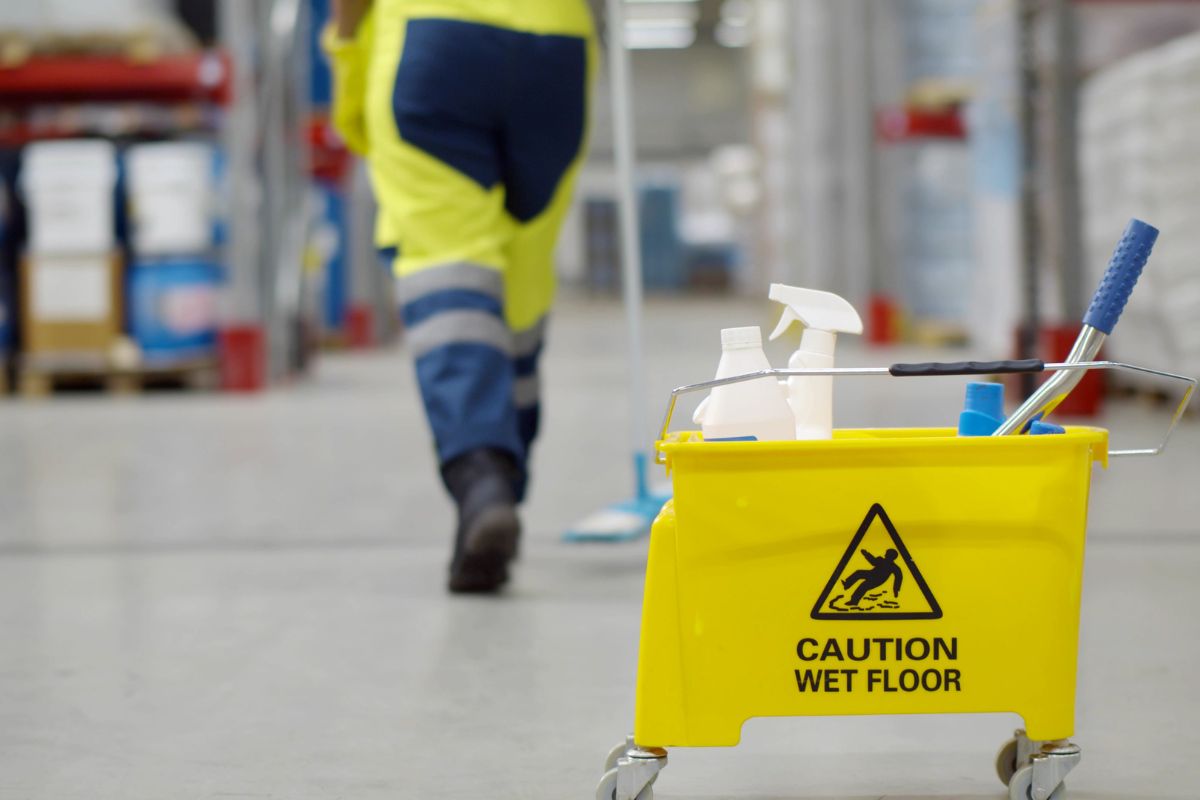2025
How To Maintain Cleanliness And Sanitation In Toronto’s Food‑Grade Warehouses

Maintaining a Food‑Grade Warehouse in Toronto isn’t just about shiny floors. It’s a daily commitment to food safety, regulatory compliance, and keeping consumer trust intact. This isn’t a checklist to skim once and forget. It’s a living system. Let’s dig into how to keep it running clean, safe, and sharp.
Follow Canadian Regulations and HACCP Principles
Food-grade warehouses in Toronto must comply with the Safe Food for Canadians Act and follow HACCP protocols. These guidelines call for comprehensive preventive control plans, traceability systems, and hygiene policies. If a facility handles perishable or allergenic goods, the stakes rise.
Adherence ensures reduced contamination risks and audit readiness. A compliant operation signals professionalism to clients and confidence to consumers.
Keep Facility Design Cleanable
Sanitation-friendly design makes cleaning less of a chore and more of a habit. Having non-porous floors, smooth walls, and sealed ceilings prevents grime from sticking around. Toronto’s fluctuating climate makes this even more vital. Use closed shelving and overhead lighting to avoid dust collection.
Create a Robust Cleaning & Sanitation Schedule
A pristine warehouse doesn’t happen by accident. Daily cleaning routines, weekly deep-cleans, and scheduled disinfection are a must. Floors, racks, walls, and equipment all need attention.
Log everything, such as dates, times, products used, and responsible personnel. This isn’t about micromanagement, it’s about traceability and accountability. A clean schedule, literally and operationally, prevents problems before they start.
Pest Control Procedures
Rodents and insects are dangerous in food environments. Warehouses must establish perimeter traps, block all potential entry points, and keep a log of inspections.
Exterior maintenance counts too. Trim overgrown vegetation, remove trash, and seal cracks. Think of pests as liabilities waiting to happen. Keep them out and your warehouse reputation intact.
Enforce Personal Hygiene & Staff Training
The people handling your goods are your first and last line of defense. So train them well. Hand-washing should happen regularly, not just after breaks. Provide stations with soap, warm water, and touch-free dispensers. Uniforms should be clean, gloves should be used correctly, and sick employees should stay home.
Traceability and FIFO Inventory Rotation
A solid traceability system means you know where every product has been and where it’s going. This matters most when something goes wrong. Keep records of lot numbers, dates, and cleaning logs.
Combine this with FIFO (first-in, first-out) systems to minimize spoilage, ensure fresher deliveries, and keep clients happy. When inspections happen, good documentation separates smooth operations from stress-filled scrambles. Data becomes your safety net.
Why Clean Warehouses Speak Louder Than Marketing
In food logistics, spotless floors speak louder than sales pitches. Cleanliness isn’t a box to check; it’s a reputation builder.
When your warehouse is sanitized, compliant, and inspection-ready, you don’t need to convince clients you’re reliable. They’ll see it the second they step inside. And more importantly, they’ll trust you with their products and their customers.
With facilities in Toronto, Vancouver, Calgary, and throughout Canada, we are equipped to optimize your regional and national logistics solutions.

